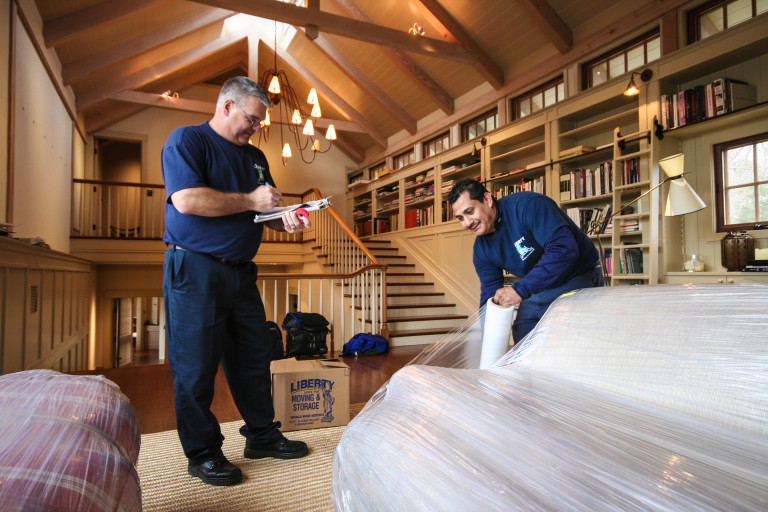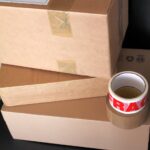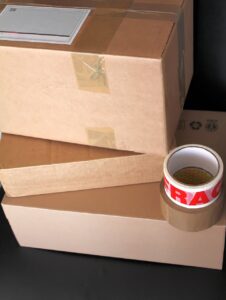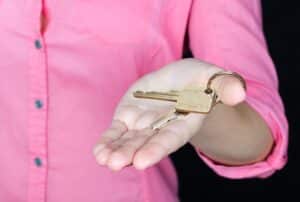Placing labels on a laptop may seem insignificant, but tagging and marking is actually the backbone of any efficient business move. To ensure company property arrives at the proper location in a new office, you should follow some best practices. We consulted with several veteran office movers and this is the advice they gave to make your office move stress-free.
Lots of Labels
The moving company you select should supply you with colored labels for marking boxes, furniture, equipment, files, electronics, etc. Make sure you receive twice as many labels as you think you will need. If you have upholstered furniture, order safety pins to fasten moving labels to the furniture so you don’t have to use adhesives on fabrics.
Standardized Marking
All labels should be marked in the same simple, yet perfect way. Here’s an example of how to do it:
As displayed on the first column on the left, refer to the floor plan and mark which floor the specific item will be on in the new building. If there is only one floor, still mark “1” here.
As shown on the middle column, you should also specify the room to which the item should be moved. A private office, cubicle space, or even a closet can be a room.
Last but not least, each item you’re moving should have its own number. If an item has multiple parts (i.e. a lamp with a lampshade) each part should have its own number and label. Computers should be tagged. Computer accessories (e.g. keyboard, mouse, cables) should be placed in a computer bag, which should have its own label.
Get Involved
Each employee should be responsible for tagging and marking their own desk and items. They will make an inventory list of all their items and the corresponding “Piece” number. If many small office items are placed in a single box or bag, mark it and make sure you note the contents of that box/bag on the inventory sheet.
Files
Layout the file cabinets on the floor plan for the new location. On the drawing, assign a letter to each file cabinet, such as A, B, C and so on. Use double letters if necessary, such as AA, BB, and CC.
Put file “A” in a corner furthest from the door so the movers will know what sequence to use when delivering the files.
Make labels for all of the file cabinets and enter the floor number, room number, and file identification (A, B C …) in the block for “Piece.” Number the drawers, starting from “1” for the bottom drawer and working up to the top drawer.
For the individual file boxes, make matching labels that correspond with the file cabinet and drawer they belong to. For file cabinet A, drawer #1, the label for the box will show “A-1” for the bottom drawer in the block for “Piece.” See the diagram below for:
Stay/Trash/Leased
Don’t attribute meaning to the absence of a label, it will only lead to confusion. If an item is not moving and needs to stay where it is, just label it “Stay”. If an item should be disposed of, label it “Trash”. If you have leased items that are being picked up by a leasing agent, label them “Leased”.
Looking for Commercial Moving Services in the NYC area?
Tagging and marking is just one aspect of all the things you have to take care of when moving your office. If you need professional commercial moving services in the NYC area, contact Liberty Moving & Storage. We have a 84-year track record of customer satisfaction. To get further information or a quote, call us now at 1-800-640-4487!











